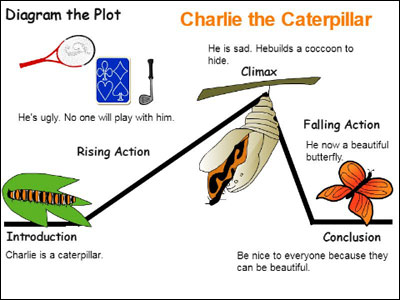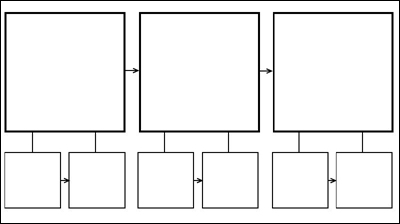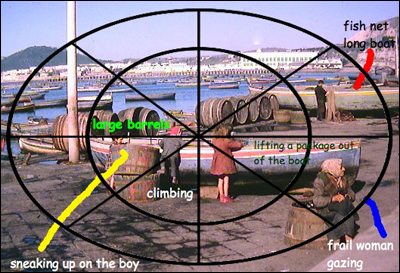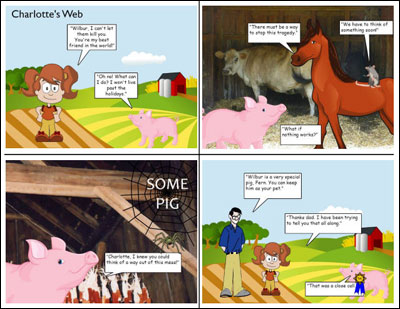
Characteristics of good writing and steps for success

During the 1980’s, the Northwest Regional Educational Laboratory (NCREL) teamed up with teachers searching for a comprehensive way to assess student writing. The resulting guidelines consider six aspects of writing, including ideas, organization, voice, word choice, sentence fluency, and conventions, as well as how the writing is presented (presentation). In addition to providing a framework for evaluation, the 6+1 system helps students understand the characteristics of “good” writing and assists them in indentifying specific steps they can take to improve their writing.
If you use digital writing tools, like Wixie, in your classroom, you already know how students can use technology to combine text, images, and voice recording to publish writing as booklets, comics, trading cards, online storybooks, and more. Designing these real-world writing products provides a powerful opportunity for students to develop the 6+1 traits of writing.
This trait refers to the main message the student’s writing is intended to convey. Ideas should be supported by details that are interesting, important and informative.
Begin the process by brainstorming ideas. You can encourage this process with a cluster diagram around a central idea or even main character. A cluster or web that includes a pre-existing number of ideas sets an expectation for the number of ideas they should generate. If students will come up with more ideas than are included in a traditional cluster, have them brainstorm on blank paper.
Combining their writing with images they have drawn and clip art they have added can help them clarify their thinking. If writing needs more ideas and details, have students look at the images they have added and record additional details they fine. Reluctant writers often add more details to original illustrations than their writing and sometimes it is helpful for them to write, draw, and then write again.
Organization refers to the structure of the writing. In organized writing, events proceed logically, information is provided to maintain readers’ interest, and the conclusion has a resolution to the problem. When writing an original story, or retelling and existing one, diagramming the plot can help them organize their writing, ensuring that it includes key plot elements.

Students can also use webbing tools or digital graphic organizers, like a sequence, main idea umbrella, or storyboard during the writing process. Creating these digitally makes it easy to take planning work with them digitally and to copy and paste into their digital writing products.

Effective use of voice helps writers show that a real person is talking, and that they care about the message the writing conveys. Voice is less about sharing the author’s personality than it is about imparting a tone to the writing to achieve a specific purpose.
To help students learn to convey passion in their writing, ask them to create public service announcements for topics they are passionate about. Creative software tools allow students to support their writing with images and recorded, narration, making it obvious how the narrator feels and wants the audience to feel about the topic.
Writers become truly effective when they are able to choose specific words to convey meaning. Interesting word choice and creative descriptions also help engage readers.
Students can improve their word choices and vocabulary using visual learning strategies. For example, ask students to examine photos or images, such as those from Pics4Learning.com, and describe what they perceive. As they focus on specific areas of an image they "encounter" words they might not otherwise use in their writing.

Students can also use webbing tools and digital cluster organizers to brainstorm additional word options to make writing more vibrant.

Fluency refers to the rhythm and flow of the writing. To help students identify problems with the fluency of their sentences and paragraphs, have them capture their voices as they read their writing aloud. As listen again and hear themselves trip over wording, they locate the places in their writing where they can adjust the wording or punctuation to improve the fluency of their writing.
Writing conventions include spelling, punctuation, capitalization, grammar/usage, and paragraphing. Conventions often pose some of the biggest challenges as students work to become effective writers. Students want to complete an error free and beautiful work. Digital writing tools allow them to edit and correct more easily, leading them to write even more. Digital writing tools mean students can run a spell check to verify the accuracy of a text object or selection or enable the inline spelling and grammar check so they can learn to identify mistakes as they are typing.
Presentation refers to how the writing looks on the page. Is there enough white space? Is the font large enough to read? Do illustrations support the content?

Publishing options like comic books, trading cards, podcasts, and online slideshows provides numerous ways to make presentation a motivating part of the writing process. These creative presentation formats continue to engage students, encouraging their writing while providing an authentic context for their work.
Digital-age writing and communication goes beyond pencil and paper. Digital tools provide powerful and creative options for student's to present their writing!
Using the 6+1 traits is an invaluable way to focus student effort as they hone their writing skills. Using creative technology tools for digital writing engages students in the process and encourages them to practice and build proficiency with each of the traits in the 6+1 model.

Follow us on Instagram for daily inspiration

Create a thought web, cluster, flowchart, or other graphic organizer for a lesson
8 first projects to get students using technology
Creative, digital book reviews
Fun and powerful ideas with animated characters

Wixie
Share your ideas, imagination, and understanding through writing, art, voice, and video.

Rubric Maker
Create custom rubrics for your classroom.

Pics4Learning
A curated, copyright-friendly image library that is safe and free for education.

Wriddle
Write, record, and illustrate a sentence.

Get creative classroom ideas delivered straight to your inbox once a month.
Topics